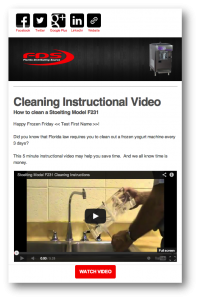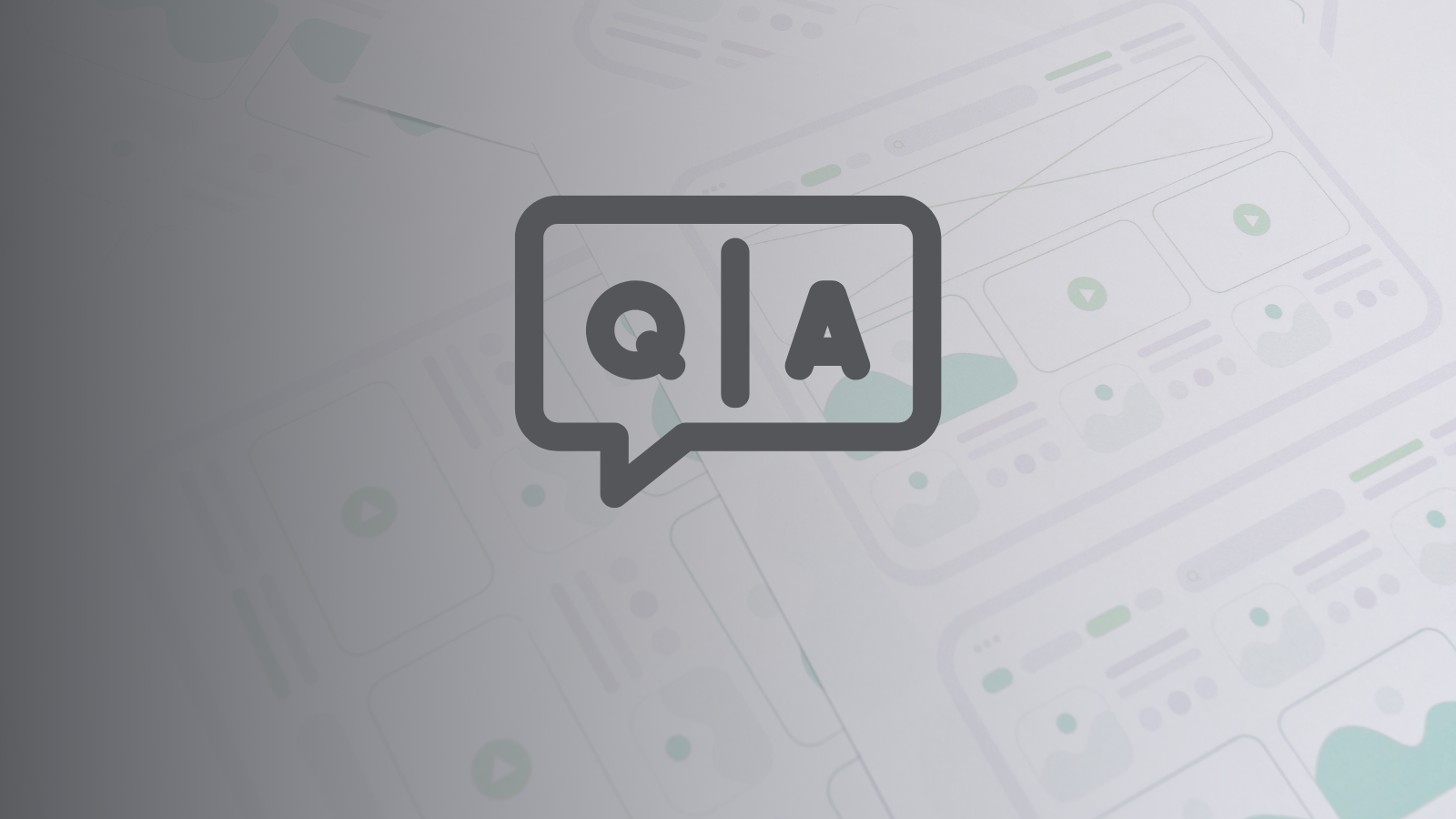Enhancing Accessibility with Responsive Web Design
Listen To This Blog Post
One of the most frustrating user experiences on a website is logging in from a phone and seeing portions of the site are cut off or inaccessible. Responsive web design is an approach to web design that ensures a website's layout and content adapt to different screen sizes and devices. By allowing the website to respond and provide optimal viewing, the user experience will be the same, regardless of whether it's being accessed from a desktop, tablet, or mobile device.
By understanding responsive web design principles, marketing teams and decision makers can ensure their websites are accessible to a wider audience. With the increasing use of smartphones and tablets, it's crucial to prioritize responsive design to reach and engage users across different devices. It's also an important element in providing web accessibility to users with disabilities.
Let's take a look at both accessibility and responsive design to see how they interplay in an overall web strategy. After all, in today's world, site creators don't always know how a site visitor will view content. It could be on a mobile phone, smart TV, video game console, built-in browser, or something entirely different.
Importance of Accessibility in Web Design
Accessibility is a key aspect of web design that focuses on making websites usable for all individuals, including those with disabilities. Marketing teams must prioritize accessibility to ensure that their websites are inclusive and provide a positive user experience for everyone.
Responsive web design plays a significant role in enhancing accessibility. By incorporating responsive design practices, websites can be navigated easily and interacted with on various devices, including assistive technologies used by individuals with disabilities. This enables marketers to reach a broader audience and create a more inclusive online presence.
How can marketers make websites more accessible? There are a handful of best practices to consider.
- Start by using descriptive headings and subheadings that clearly define the structure of the content.
- Use alt text for images.
- Make sure the color contrasts are set up for users with visual impairments.
- Enable keyboard navigation, and definitely make sure to include transcripts for audio and video content.
Best Practices for Responsive Web Design
To ensure effective, responsive web design, marketing teams should follow some best practices:

By following these best practices, marketing teams can create websites that are accessible, user-friendly, and visually appealing across different devices. However, regular testing and monitoring are essential to maintaining effectiveness. Test the website on different devices and screen sizes to identify any layout or functionality issues. Use responsive design testing tools to simulate various devices and screen resolutions. Monitor website analytics to track user behavior and identify any areas of improvement. And seek feedback from users, including individuals with disabilities, to gain insights on accessibility and usability.
By continuously testing and monitoring the responsive design, marketing teams can address any issues promptly and ensure a seamless user experience across all devices.
- Image Alt Tags: Providing descriptive alternative text for images to ensure that they are accessible to users who are visually impaired or using screen readers.
- Semantic HTML: Using HTML markup in a way that accurately conveys the structure and meaning of content to assistive technologies and search engines.
- Keyboard Navigation: Designing websites so that all functionalities can be accessed and operated using a keyboard alone, ensuring accessibility for users who cannot use a mouse.
- Focus Management: Managing focus indicators in a way that they are clearly visible and properly managed throughout the website, facilitating navigation for keyboard users and users with visual impairments.
- Color Contrast: Ensuring there is sufficient contrast between text and background colors to make content readable for users with low vision or color blindness.
- Text Alternatives for Non-Text Content: Providing text alternatives for non-text content such as images, videos, and audio to ensure accessibility for users who cannot perceive these elements.
- Form Accessibility: Ensuring that forms are accessible and usable for all users, including those using screen readers, by providing appropriate labels, instructions, and error messages.
- Headings and Structure: Structuring content with proper hierarchical headings (h1, h2, etc.) to facilitate navigation and comprehension for all users, especially those using screen readers. (this ties in with semantic html)
- Accessible Rich Internet Applications (ARIA): Understanding and implementing ARIA landmarks, roles, and properties to enhance accessibility for dynamic content and interactive elements.
- Focus Order: Ensuring that the focus order of interactive elements follows a logical sequence, facilitating navigation for keyboard and screen reader users.
- Audio and Video Accessibility: Ensuring that multimedia content is accessible through captions, transcripts, and audio descriptions, making it inclusive for users with hearing or visual impairments.
- Navigation Accessibility: Ensuring that navigation menus are accessible and easily navigable, particularly for screen reader users, by providing descriptive labels and proper markup.
- Skip Navigation Links: Including "skip navigation" links to allow users to bypass repetitive content and jump directly to main content, improving efficiency for keyboard and screen reader users.
- Device Independence: Designing for accessibility across various devices, including desktops, tablets, and smartphones, ensuring a consistent user experience for all users.
The Relationship Between Website Accessibility and Responsive Web Design
Website accessibility and responsive design are intricately linked, as both aim to enhance user experience across various devices and for diverse user abilities. Responsive design ensures that websites adapt seamlessly to different screen sizes and resolutions, providing an optimal viewing experience.
If not implemented correctly, responsive design can inadvertently introduce accessibility barriers for users with disabilities. Poorly designed responsive layouts may cause content to become disorganized or difficult to navigate for individuals using screen readers or other assistive technologies. This means web developers must prioritize accessibility considerations alongside responsive design strategies to ensure inclusivity for all users.
By incorporating accessible design principles from the outset, such as proper semantic markup, keyboard navigation, and alternative image text, websites can maintain usability across different devices while ensuring equal access for users of all abilities.
ADDITIONAL RESOURCES:
CSS Flexbox - General overview - https://developer.mozilla.org/en-US/docs/Web/CSS/grid,
CSS Flexbox learning course https://flexbox.io/
CSS Grid - General overview - https://developer.mozilla.org/en-US/docs/Web/CSS/grid
CSS grid - learning course - https://cssgrid.io/
Setting CSS breakpoints in HubSpot themes - https://developers.hubspot.com/docs/cms/building-blocks/themes/responsive-breakpoints
HubSpot also has a good write on Flexbox https://blog.hubspot.com/website/css-flex
You May Also Like
These Related Stories

Why Email is More Important Than Ever

Answers to Your Website FAQs from Two Web Design Experts

.png?width=500&height=198&name=TMC_Logo_Reversed(F).png)


